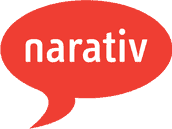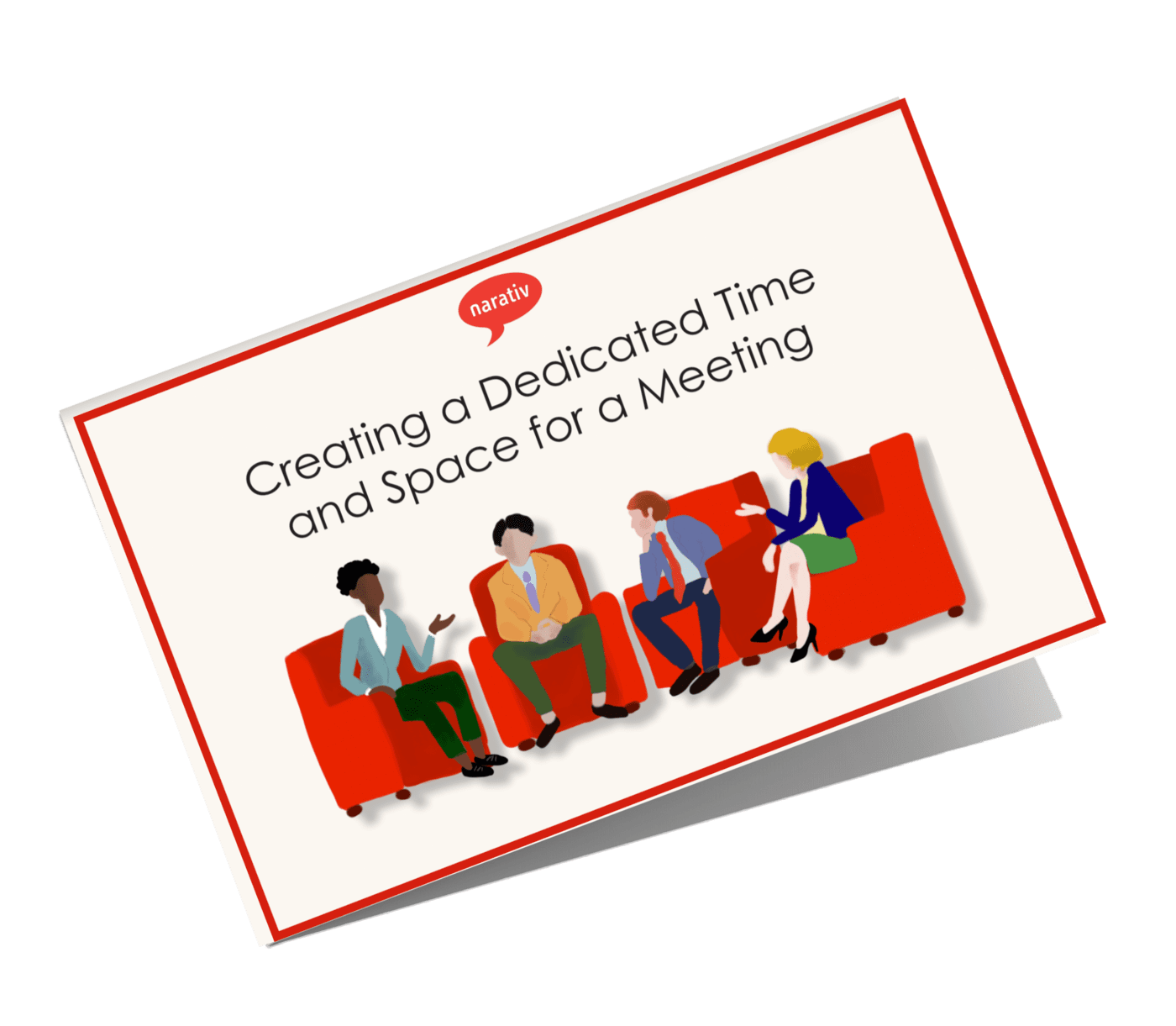The revolving door in our workplaces looked more like a spinning top at times in 2020. As many of our organizations lost vital employees and had to start hiring and training from scratch, it brought to light the need for a better way to transfer knowledge.
Now is a critical time for leaders to start a systematic process for collecting knowledge for the whole company. Jerome Deroy, CEO of Narativ, and Julienne Ryan, communication coach and Narativ team member, sat down to discuss a few of their observations and learnings around being proactive in collecting and sharing your company’s secret sauce internally.
The 3 R’s of Post-Pandemic Talent Acquisition
“Knowledge is almost a misnomer… It’s not just what people know. It’s what they DO, it’s HOW they do it, it’s who they ARE… storytelling is a great way to capture that”
–Jerome Deroy
Before the pandemic, leaders began to discuss a “talent shortage” that made it more challenging to build organizations. While COVID quickly erased that problem, it is starting to crop again as companies return to work in the office.
Critical team members of organizations either quit or were laid off during the second quarter of 2020. As a result, these workers’ crucial information was lost, and companies missed out on obtaining their insights and knowledge. Now that companies are starting to get back to work, many leaders find themselves facing the three R’s of post-pandemic talent acquisition:
- Recruitment. Leaders want to find the right people who share their company values. Storytelling can help attract the kind of people who share your values while generally avoiding those who don’t. People can see and feel what it’s like to work at your organization.
- Re-hiring. The positions that were left vacant during remote work need to be filled again. Storytelling can provide a crucial opportunity to impart the values you want to see in each position.
- Retention. As the old proverb goes, “a bird in the hand is worth two in the bush,” just as in the workplace, it being more efficient and cost-effective to retain the talent you have than to seek out and vet new potential hires. Storytelling can help nurture current employees and help them understand how their individual talents fit into the company story.
Notice a theme here? Storytelling. While the goals of these three phases may be different, there is a need in each for consistent and compelling knowledge transfer and one of the most impactful ways to do that is through story. However, successful knowledge transfer is not just about telling stories of what the top performers or leaders “know” or what they learned from their years of experience. Instead, it’s about:
- What they DO, or the steps they take to get from A to Z regularly.
- HOW they do it, whether their angle, style, energy, vibe, or unique point of view.
- Who they ARE, whether because of their culture, upbringing, hobbies, skills, talent, or life experiences.
These are the critical values that they bring to their position within the organization. While a company can write down its values in a handbook, the likelihood of it collecting dust on a shelf exceeds the possibility of it being successfully implemented to produce top performers. There’s a better way to communicate them to both current and potential employees: storytelling.
Storytelling for Effective Knowledge Transfer
“Change is constant. Handing off knowledge about working in a certain situation and why it worked—or didn’t—is a valuable gift to the whole organization.”
–Julienne Ryan
Storytelling is one of the best ways that leaders can collect information and knowledge from their employees. It helps provide context, enhances current systems, and allows for the kind of vulnerability that is critical for impactful results.
For starters, storytelling provides the context and the “why” behind the knowledge. Too often, when we hear someone’s opinion, we stop listening to what they are saying and start to form our own debate about why we agree or disagree with them. Stories, on the other hand, cut through the opinions and facts to bring context to the table. The conversation stops being theoretical and becomes real.
Organizations need to have effective systems in place, especially during recruitment and hiring. Collecting company stories can serve as a jumping-off point to enhance the systems that are already there.
For example, your HR department likely already has an onboarding platform in place. Stories aren’t there to replace the platform but instead add that critical context and humanity to the already existing structure.
During COVID, leaders began to learn how to be vulnerable and honest with their employees. They were able to open up about where the company was and sit with them in the discomfort of an unknown future. Everyone was more willing to be vulnerable because we collectively went through something emotionally, psychologically, and physically massive.
Now is the time for leaders to bring this vulnerability into the post-pandemic world. Vulnerability equals relatability, trust, and connection. If we can hold onto the good in that and harness its unbridled power, we can strengthen our collective capabilities. In our new hybrid world, it’s even more important to facilitate dedicated times for conversations—not meetings about marketing or sales or projects—but conversations that allow us to listen, tell, and ultimately discover common themes.
Making Time for Collecting Stories
“It’s about facilitating the conversation that zeros in on the direction in which the organization is going.”
–Jerome Deroy
Once leaders understand how powerful storytelling is for knowledge transfer, they are often overwhelmed at the thought of starting to collect employee stories systematically. “All of this sounds great, but it feels so daunting when I already have X, Y, Z and Q, R, S on my plate,” you might already be saying.
However, collecting stories does not have to be a difficult thing to do. It does require that you find and create the time, though. As ironic as it might sound, leaders need to make a block of time for free space without a set agenda. From there, you can facilitate a conversation around the direction the company is going.
It is during these conversations that you can begin to find themes and values that everyone is experiencing. You can easily record on Zoom, and you’re already on your way to creating your story library to segment and compile later.
By taking the first steps and creating a free space for employees to speak, the whole process is a lot less daunting.
Unifying the Organization
“Whenever you have interactions where leaders are telling stories and making themselves more vulnerable, they are also making themselves more memorable… [Employees] not only retain the information, but they also get the emotion of it. As a result, they get more buy-in and they feel a part of the whole.” –Jerome Deroy
Strong stories connect the dots of all the roles in the organization. They tear down the silos and insulation that tend to form between people and departments. Instead, they enable the company to work together for common goals and values.
In our virtual world, we have gained greater access to people across the organization than we have in the past, which has helped connect us. Collecting stories is critical to continue unifying the company post-pandemic and create a systematic structure to capture knowledge. The handoff of this wealth of knowledge is a gift to the entire organization.
We are here to help guide you through the entire process. Contact Jerome Deroy directly to set up a consultation about how we can help you develop your own story library for your organization.








